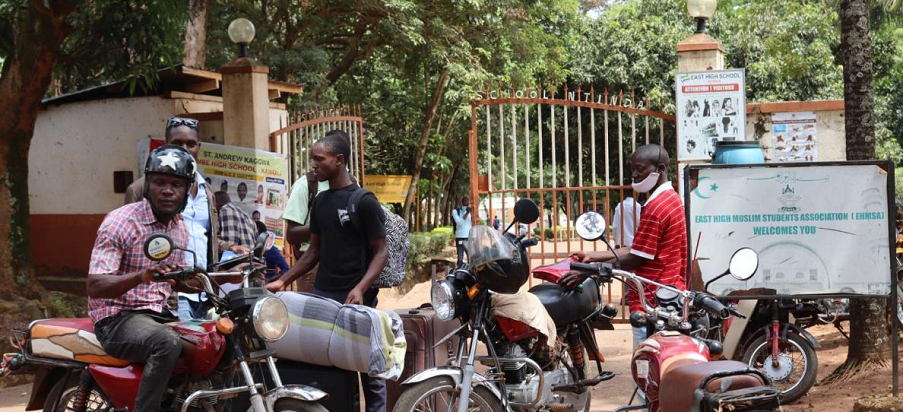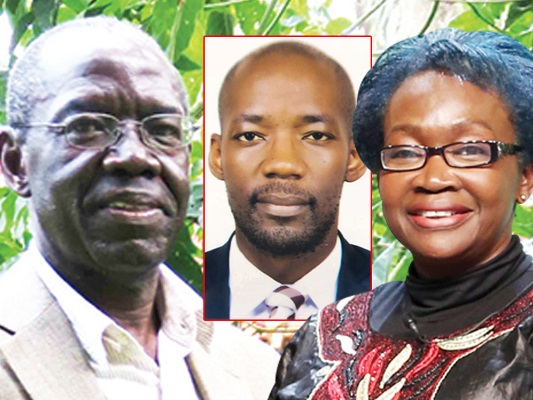The European Union envoys in Uganda have called for the findings of the investigation into the Kasese Palace massacre to be made public.
This was communicated Monday in a tweet on the EU in Uganda handle, saying ‘full transparency & accountability are crucial for offering justice for victims.’
“Two years after the violence in #Kasese, the EU & Member States continue to call for the outcome of investigations to be made public & acted upon. As a partner to Uganda, we believe that full transparency & accountability are crucial for offering justice for victims on all sides,” EU tweeted.
On Novemeber 27th, 2016, Ugandan security forces (army and the police) attacked the palace of the Rwenzururu king Charles Wesley Mumbere in Kasese District, leaving more than 100 people dead, including royal guards, the police and civilians.
The violence began on the morning of November 26 in Kasese, where there has been longstanding tension between a local cultural kingdom and the central government. Soldiers, under the command of then-Brig.Peter Elwelu, forced their way into the kingdom’s administration offices in Kasese town.
The soldiers killed eight members of the volunteer royal guards, who traditionally safeguard cultural sites but were accused by government of plotting to secede. Many often carry agricultural tools, such as machetes, but are not formally armed by the kingdom or the government, and would not constitute an armed force or group under international humanitarian law.
In the aftermath of the November 2016 operation, the government charged hundreds of civilians, including six children, with treason, terrorism, and murder for the deaths of 15 police in six sub-counties outside the town of Kasese, among other crimes. At least 167 of the civilians remain in pre-trial detention. Many spent part of the time in Nalufenya police post in Jinja, Eastern Uganda, where numerous former detainees have said they were tortured.





